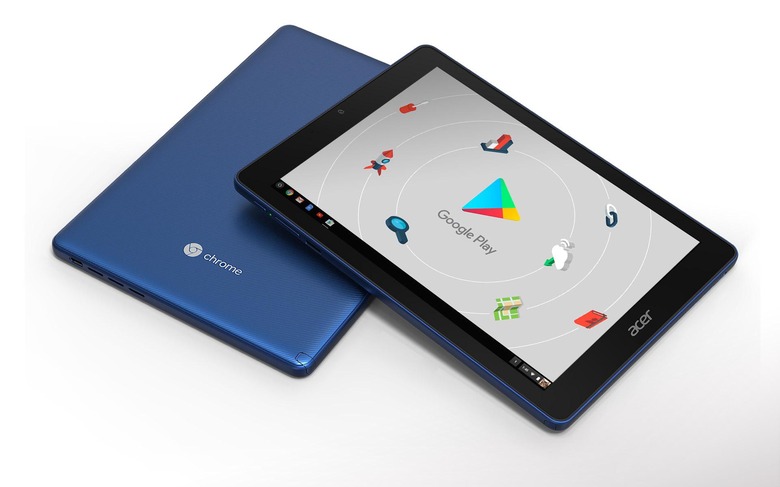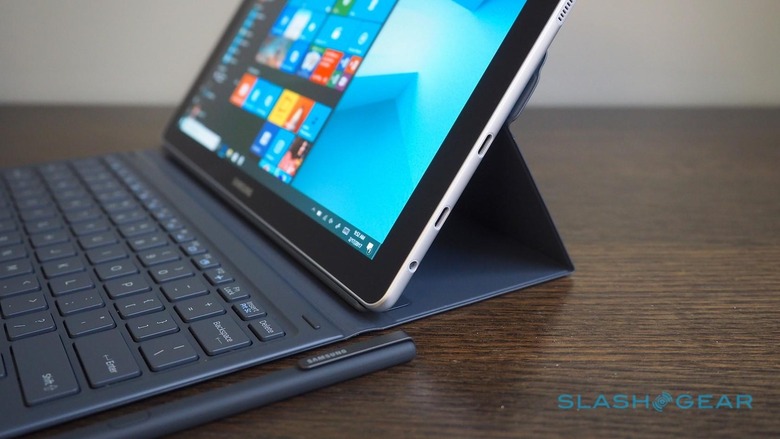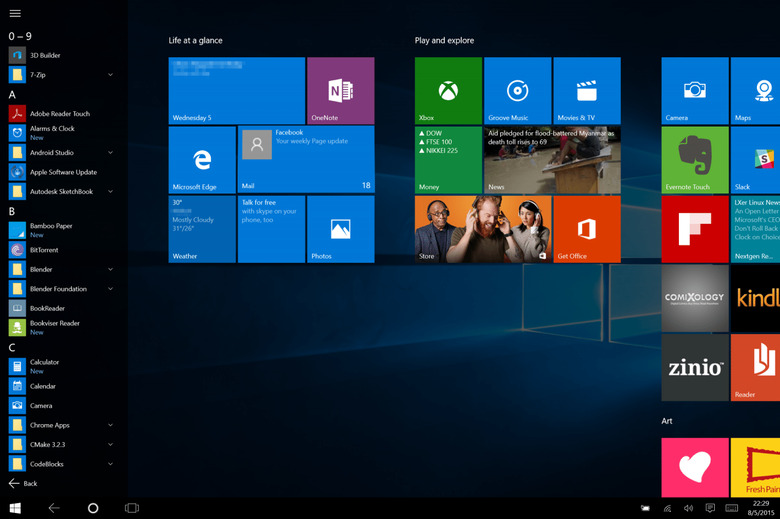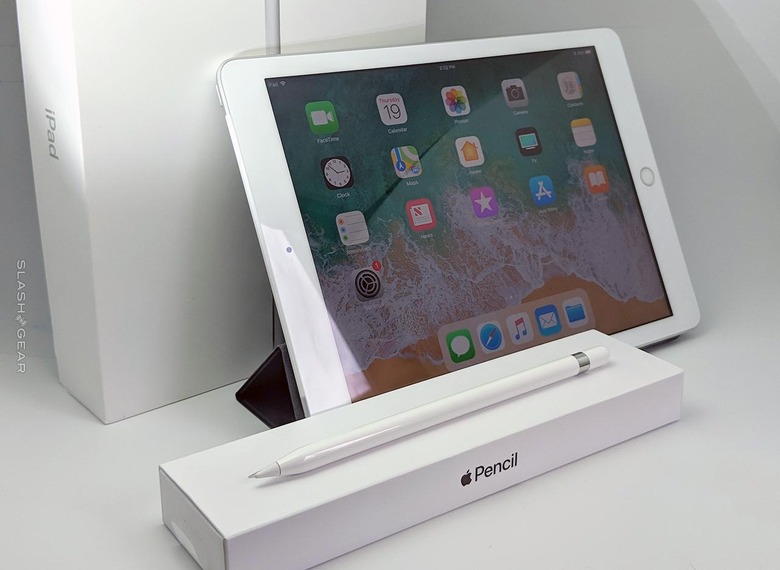Cheaper Microsoft Surface Tablet: What It Needs To Succeed
The Internet is abuzz with rumors of a $400 Surface 2-in-1 tablet in the works. Microsoft's premium portable computers have been positively received save for the price tag that very few could afford. This sudden change in direction was reportedly prompted by the tablet renaissance ushered in by the 6th gen iPad. Windows tablets, however, are nothing new and some of them are even as cheap as an iPad. Very few, if any at all, succeeded and Microsoft risks ruining its chances in this arguably promising market. Here are some of the things Microsoft needs to check off if it doesn't want a repeat of the Windows RT.
Chromebooks, not iPads
Microsoft has never really been that scared of the iPad. They move in different circles. Those circles are slowly intersecting, but Microsoft knows it still has a lot of area no iPad can venture into. That said, Apple's recent launch did strike a nerve, one that Google has been hitting repeatedly for years now.

The new iPad, practically a cheaper iPad Pro, and Google's Chromebooks are playing a game of tug-of-war in the education market, a market Microsoft once waged battle with Apple over. Redmond has seen its presence in schools and educational institutions reduced to almost nothing, both in hardware and in software. These cheaper Surface tablets are, in a way, Microsoft's attempt to reclaim even just a part of its old kingdom.
ARM Muscles
Whether it's for education or for general use (one doesn't really exclude the other), there are a few things Microsoft will have to address if it wants to go head to head with an iPad or a Chromebook. And that all starts with the processor.
Bloomberg reports that these cheaper, smaller Surface 2-in-1's will be powered by an Intel chip. From a practicality point of view, that's pretty reasonable. Microsoft already has the platform down to a 'T', there is no shortage of software available, and Microsoft can launch a product now rather than later.
In a bigger picture point of view, it is a big mistake that could backfire and leave a bad first impression of this new market. The new Surface tablets are supposed to be thinner and smaller, but Intel can only do so much before heat becomes a dangerous problem. It should be no wonder that very few Intel-based tablets are as thin as an iPad. The only ones near that profile are either 12-inch monsters or run on the practically obsolete Atom chipset.

That's not yet even talking about battery life, which may last less than 8 hours given the tablet's expected size. Always-on connectivity or instant-on startup? Forget it. Microsoft's first official Windows 10 on ARM venture turned out to be a big flop, but it would have been foolish to expect it to be perfect from day one. This is the type of long-term investment you make for long-lasting benefits.
Touch and go
Whether Microsoft goes with Intel or ARM, however, it still has to address something on its software stack. Windows 10's touch interface, to put it bluntly, sucks. Let's forget for a while the state of UWP (Universal Windows Platform) apps, which seem to be being replaced by PWAs (Progressive Web Apps).
Windows 10 itself is hardly touch-friendly. Yes, it's a marked improvement over Windows 8 and 8.1 but it still needs a lot of work. Unfortunately, Microsoft seems to have left that aspect of the OS to rot. It will need to dust off Windows 10's tablet mode quickly if it wants its new Surface to be taken seriously.

Does it matter, you might ask. If the cheaper Surface tablets will be used for education, it will most likely be used with a keyboard most of the time. That may be true, but Microsoft will also be going up against Chromebooks and its new Surface will have little to offer over these dedicated typing machines. Portability? The iPad does better and has a better touch UI too. Microsoft's new Surface will have nothing to offer over the competition unless it gets both modes right this time around.
It keeps going, and going, and going
Battery life is going to be even more important, whether the Surface is marketed as a tool for school or for personal use. There just seems to be an established set of expectations for devices that resemble an iPad or an Android tablet, and one of those is an all-day battery life. or at least even half a day.
The smaller Surface tablet that's being reported is going to lose over that. A smaller size means a smaller battery and Intel's chips aren't exactly known for sipping juice. Microsoft and Intel will need to do some heavy-duty magic to make people believe that an advertised 8 hours of use will indeed last that long.

Wrap-up: Emerging market
As with the Windows 10 S, now Windows 10 with S Mode, laptops, the question is whether there's a market for this cheaper, smaller, and thinner Surface 2-in-1 tablet. Unlike the Windows 10 S laptops, there is a large one. Education might be a primary target, but no one will refuse a serviceable Windows 10 tablet that can easily fit in a bag. Considering Microsoft no longer has any smartphone presence, this will be the closest thing you can get to a Windows 10 portable. It could give both Chromebooks and iPads a run for their money, offering a familiar and more open experience than either and at the same price point. Provided Microsoft can do it right, of course.
